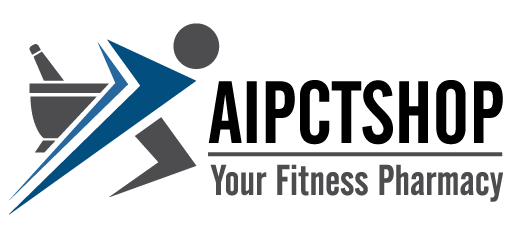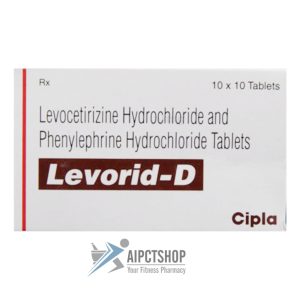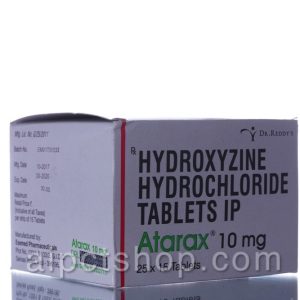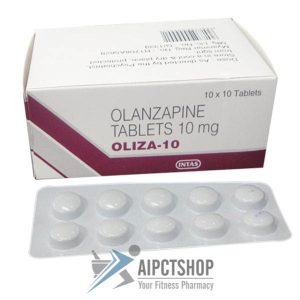Cetirizine Information
Pronunciation
se TI ra zeen
What is this drug used for?
– It is used to ease allergy signs.
– It is used to treat hives.
Frequently reported side effects of this drug
– Fatigue
– Dry mouth
– Loss of strength and energy
– Signs of a significant reaction like wheezing; chest tightness; fever; itching; bad cough; blue skin color; seizures; or swelling of face, lips, tongue, or throat.
Medication Safety Issues
Sound-alike/look-alike issues:
Cetirizine may be confused with sertraline, stavudine
Quzyttir may be confused with Qsymia
International issues:
Benadryl international brand name for cetirizine [Great Britain, Philippines], but also the brand name for acrivastine and pseudoephedrine [Great Britain] and several products containing diphenhydramine [US, Canada]
Storage and Stability
Capsule, tablet, oral solution, injection: Store at 20?C to 25?C (68?F to 77?F); excursions are permitted between 15?C and 30?C (59?F and 86?F).
Injection: Discard unused portion.
Adverse Reactions
Cardiovascular: Acute myocardial infarction, cardiac failure, chest pain, edema, facial edema, flushing, hypertension, hypotension, lower extremity edema, palpitations, syncope, tachycardia
Dermatologic: Acne vulgaris, alopecia, bullous rash, cutaneous nodule, dermatitis, dermatologic disorders, diaphoresis, eczema, erythematous rash, furunculosis, hyperkeratosis, hypertrichosis, maculopapular rash, pallor, pruritus, seborrhea, skin photosensitivity, skin rash, urticaria, xeroderma
Endocrine & metabolic: Decreased libido, dehydration, diabetes mellitus, heavy menstrual bleeding, hot flash, increased thirst, intermenstrual bleeding, weight gain
Gastrointestinal: Abdominal pain (children), ageusia, anorexia, aphthous stomatitis, cholestasis, constipation, diarrhea (children), dysgeusia, dyspepsia, enlargement of abdomen, eructation, flatulence, gastritis, hemorrhoids, increased appetite, melena, nausea (children), sialorrhea, stomatitis, tongue discoloration, vomiting (children), xerostomia (adults)
Genitourinary: Cystitis, dysmenorrhea, dysuria, hematuria, leukorrhea, mastalgia (female), urinary frequency, urinary incontinence, urinary retention, urinary tract infection, vaginitis
Hematologic & oncologic: Hemolytic anemia, hemophthalmos, lymphadenopathy, purpuric disease, rectal hemorrhage, thrombocytopenia
Hepatic: Hepatic insufficiency, hepatitis, increased liver enzymes (transient), increased serum bilirubin
Hypersensitivity: Anaphylaxis, angioedema, tongue edema
Nervous system: Abnormality in thinking, altered sense of smell, amnesia, anxiety, ataxia, confusion, depersonalization, depression, dizziness (adults), drowsiness (more common in adults), emotional lability, euphoria, fatigue (adults), headache (children), hyperesthesia, hypertonia, hypoesthesia, insomnia (more common in children), irritability, lack of concentration, malaise, migraine, myasthenia, nervousness, nightmares, pain, paralysis, paresthesia, rigors, sleep disorder, twitching, vertigo, voice disorder
Neuromuscular & skeletal: Arthralgia, arthritis, asthenia, back pain, hyperkinetic muscle activity, lower limb cramp, myalgia, myelitis, orofacial dyskinesia, osteoarthritis, tremor
Ophthalmic: Accommodation disturbance, blepharoptosis, blindness, conjunctivitis, eye pain, glaucoma, periorbital edema, visual field defect, xerophthalmia
Otic: Deafness, otalgia, ototoxicity, tinnitus
Renal: Glomerulonephritis, polyuria
Respiratory: Bronchitis, bronchospasm (children), dyspnea, epistaxis (children), hyperventilation, increased bronchial secretions, nasal polyposis, pharyngitis (children), pneumonia, respiratory system disorder, rhinitis, sinusitis, upper respiratory tract infection
Miscellaneous: Fever, fussiness in an infant or toddler
Postmarketing and/or case reports: Aggressive behavior, convulsions, hallucination, hypotension (severe), suicidal ideation









Reviews
There are no reviews yet.